Once operational, the first power transmission project in the Gobi Desert will deliver more than 36 billion kWh of electricity from Ningxia to Hunan annually.
One-way UHV project will transmit electricity across 6 Chinese provinces. Video : CGTN
China’s first ultra-high voltage (UHV) power transmission project in the desert began construction in Ningxia Hui Autonomous Region on June 11, delivering electricity from the country’s northwest to central Hunan Province. The Ningxia-Hunan UHV Power Transmission Project will carry electricity generated on the southern edge of the Gobi Desert, including 9 gigawatts (GW) of solar power, 4 GW of wind power and 4.64 GW of coal-fired thermal power, according to Xiang Li, deputy director of the development department at Ningxia Power Company.
Running through Gansu, Shaanxi, Chongqing and Hubei provinces, the 800-kilovolt direct current UHV transmission project spans 1,634 km. It is scheduled to be operational in 2025 at a total investment of approximately $3.9 billion. Renewable energy will account for more than half of the total transmission capacity.
China has many large deserts with abundant solar and wind power resources. The construction of this project is a step forward in the program of transmitting electricity from west to east, helping to balance the country's electricity supply and demand in different regions.
Once operational, the Ningxia-Hunan UHV power transmission project will deliver more than 36 billion kWh of electricity from Ningxia to Hunan annually and reduce carbon dioxide emissions by more than 16 million tons, according to Tan Junwu, vice president of Hunan Power Company. The project will effectively upgrade Hunan's power supply capacity.
China plans to build 455 gigawatts of wind and solar power capacity in the Gobi and other desert regions by 2030 as it ramps up renewable energy use to meet climate change targets. It also aims to become carbon neutral by 2060.
Yu Bing, deputy director of the National Energy Administration, said that building wind and solar power generation bases in the Gobi and other deserts is an important measure to promote green energy transformation and build a new energy system.
An Khang (According to CGTN )
Source link


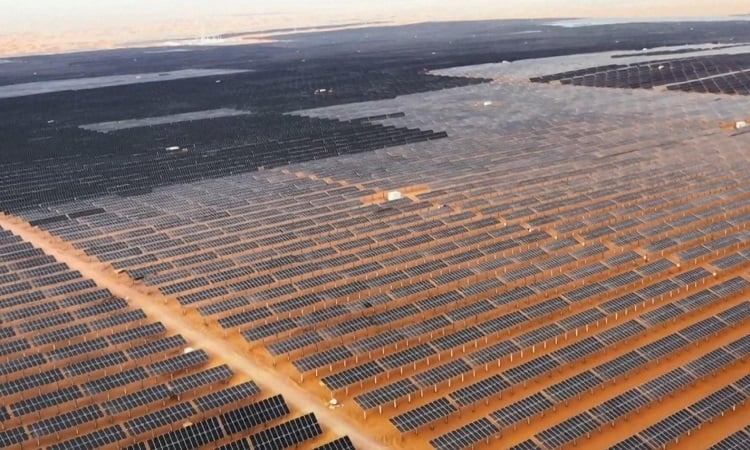



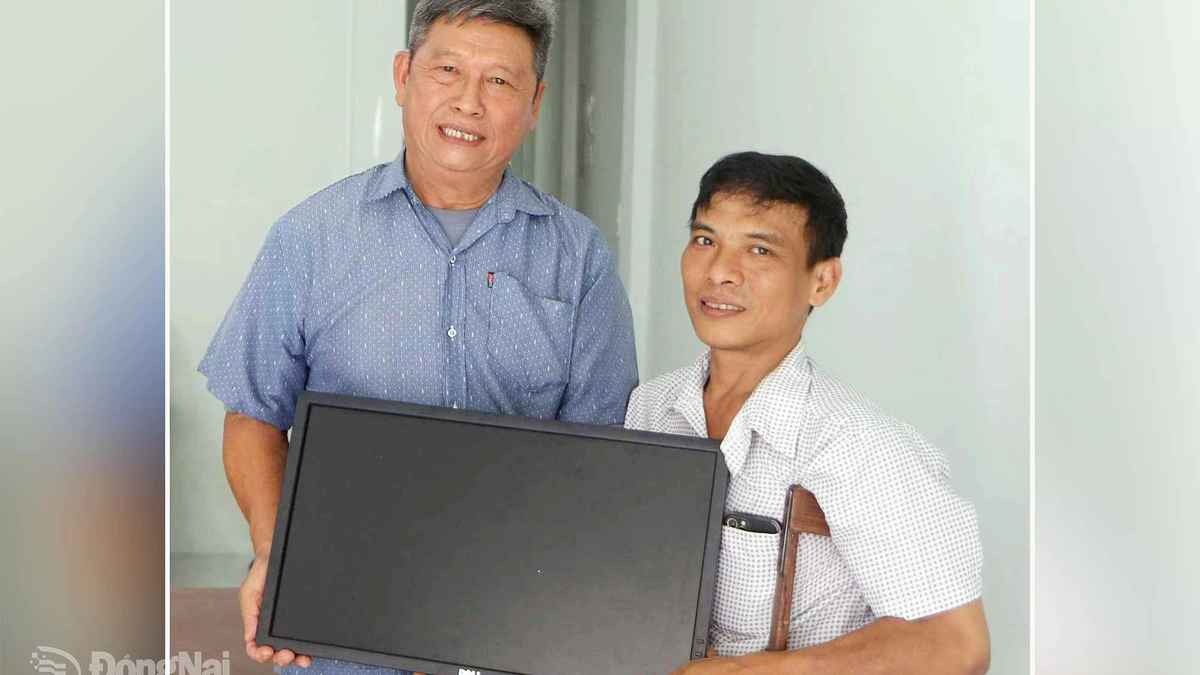
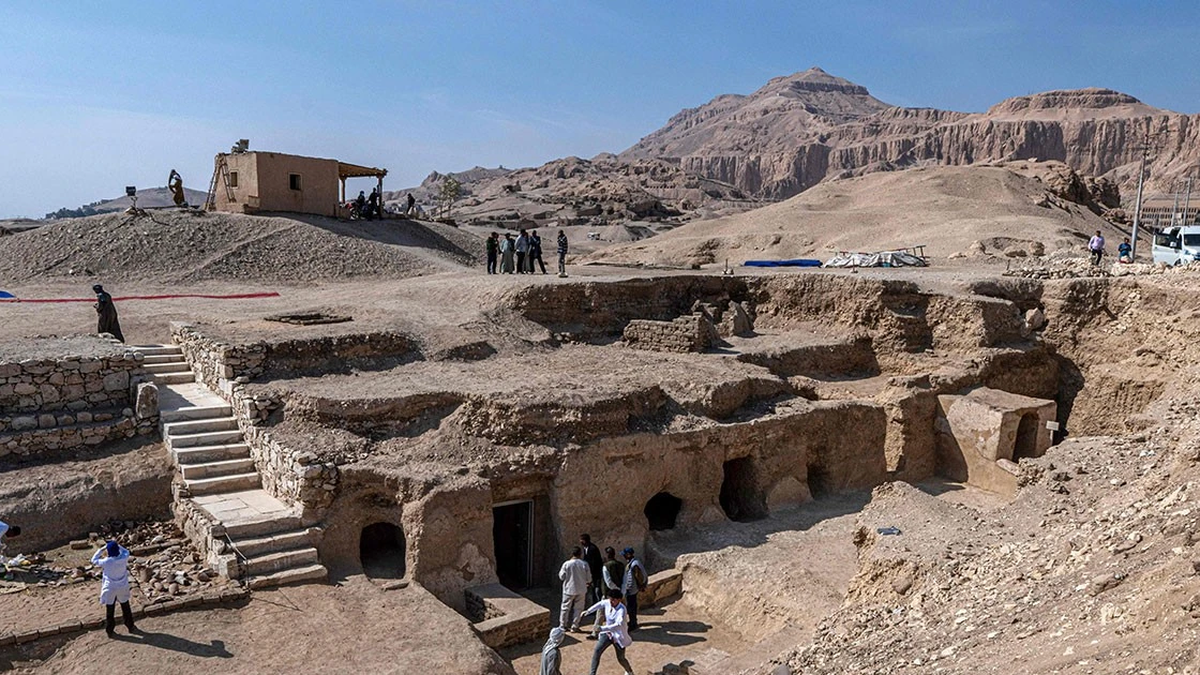
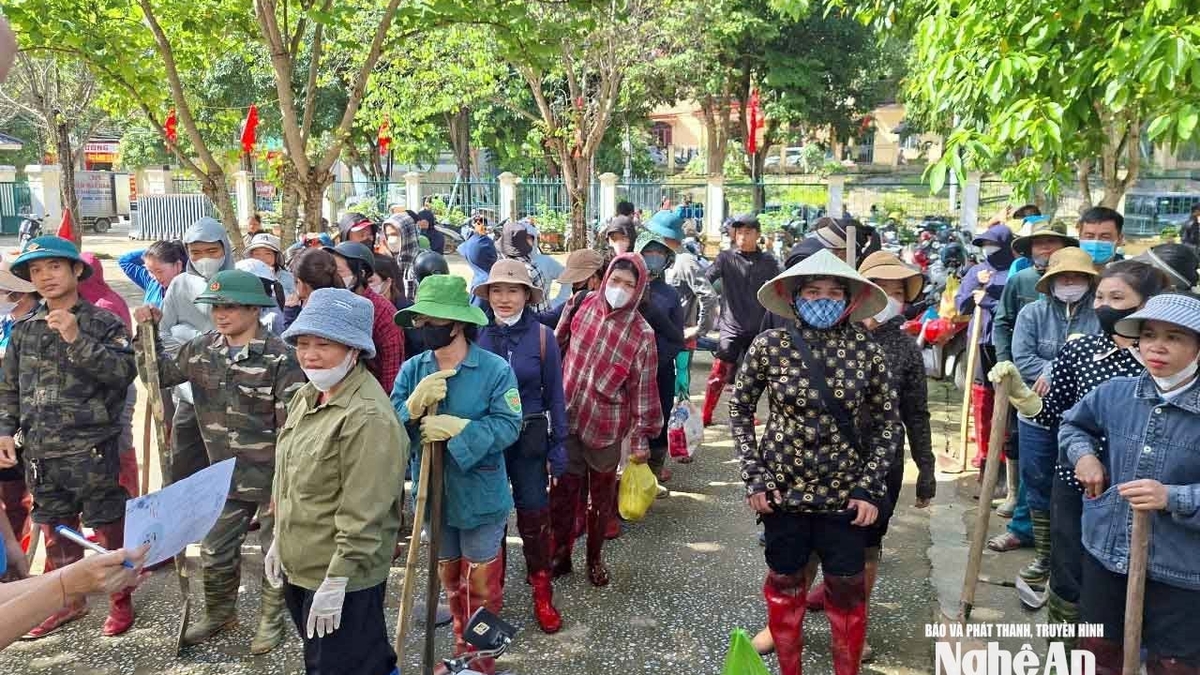



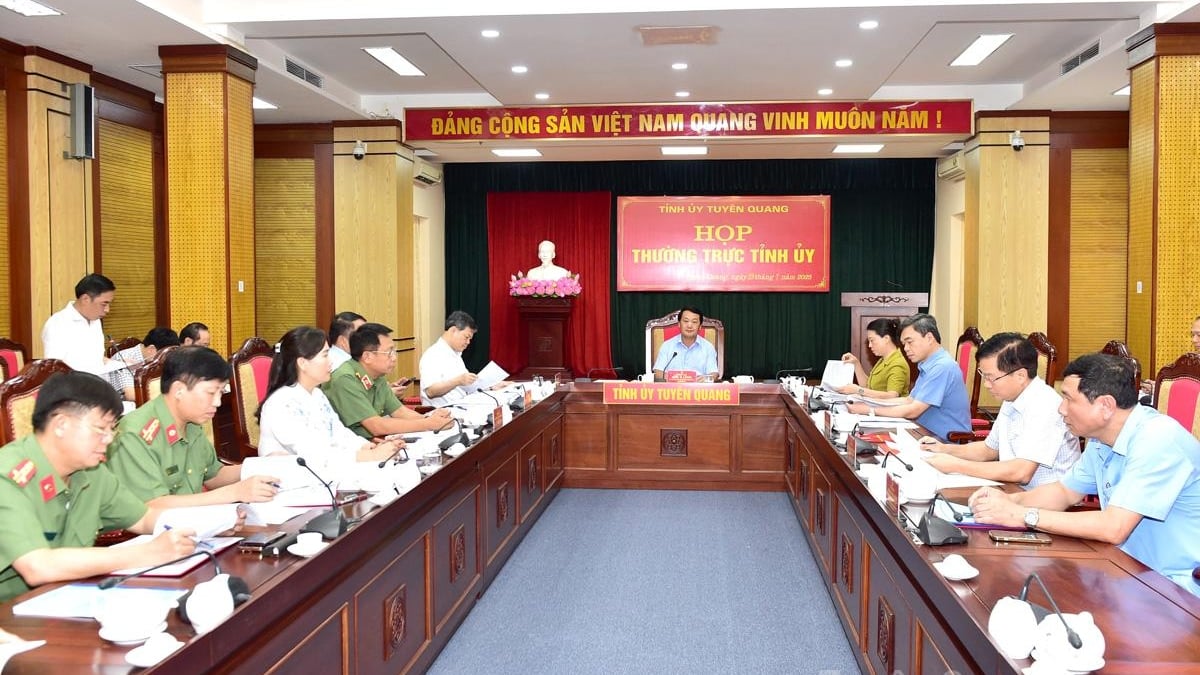












![[Photo] National Assembly Chairman attends the seminar "Building and operating an international financial center and recommendations for Vietnam"](https://vphoto.vietnam.vn/thumb/1200x675/vietnam/resource/IMAGE/2025/7/28/76393436936e457db31ec84433289f72)











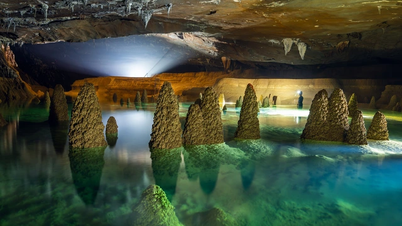





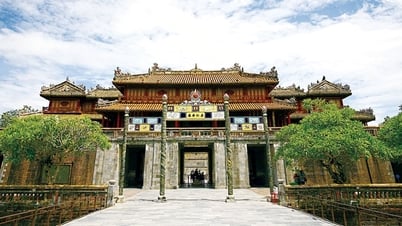



















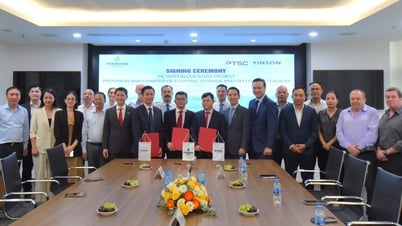

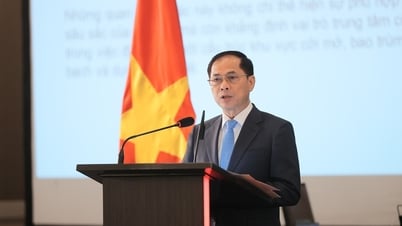







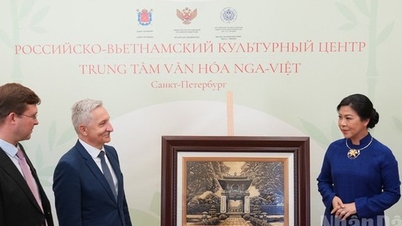


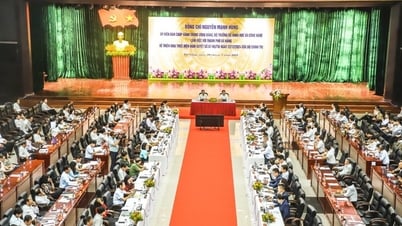






















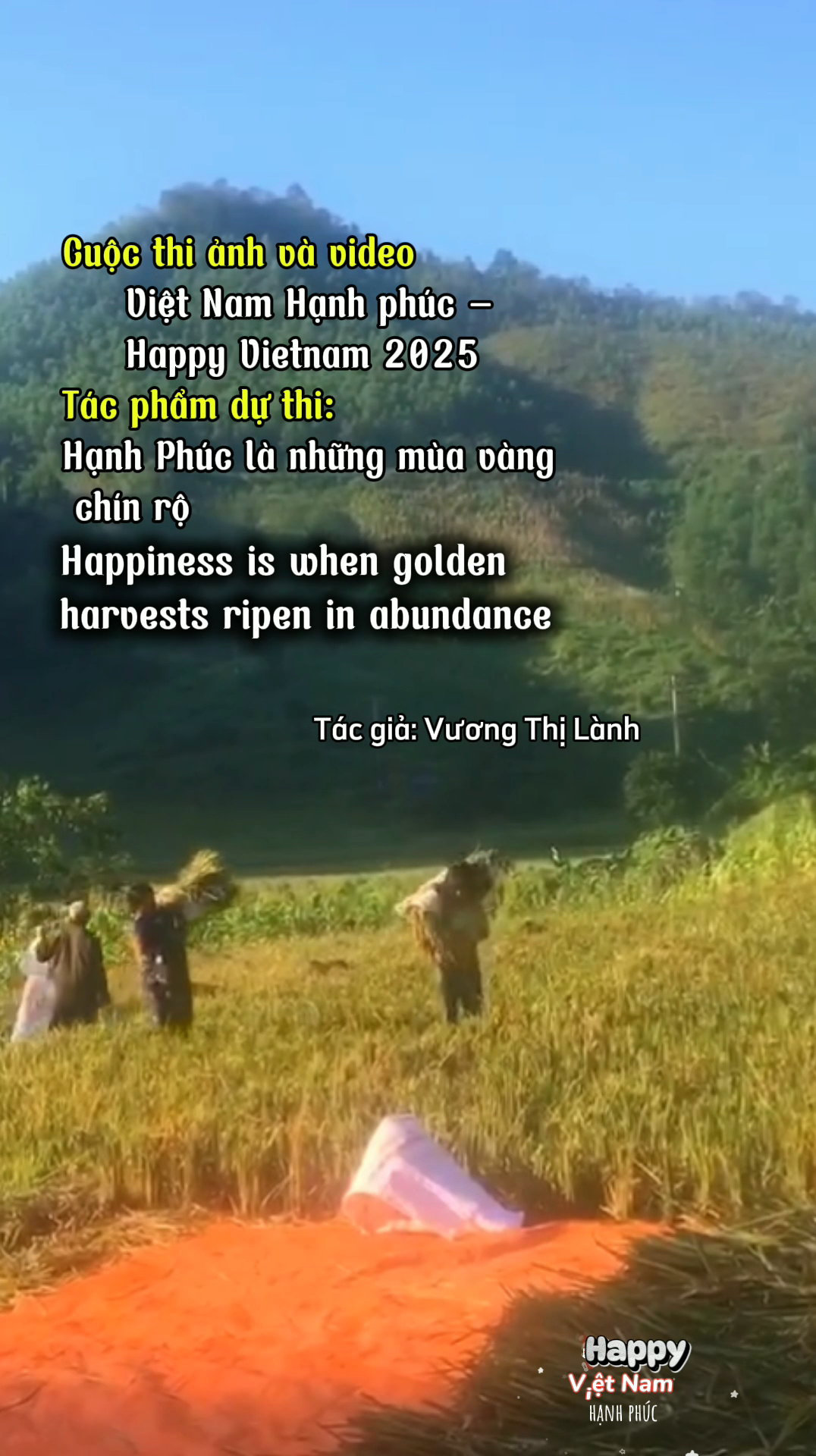

Comment (0)